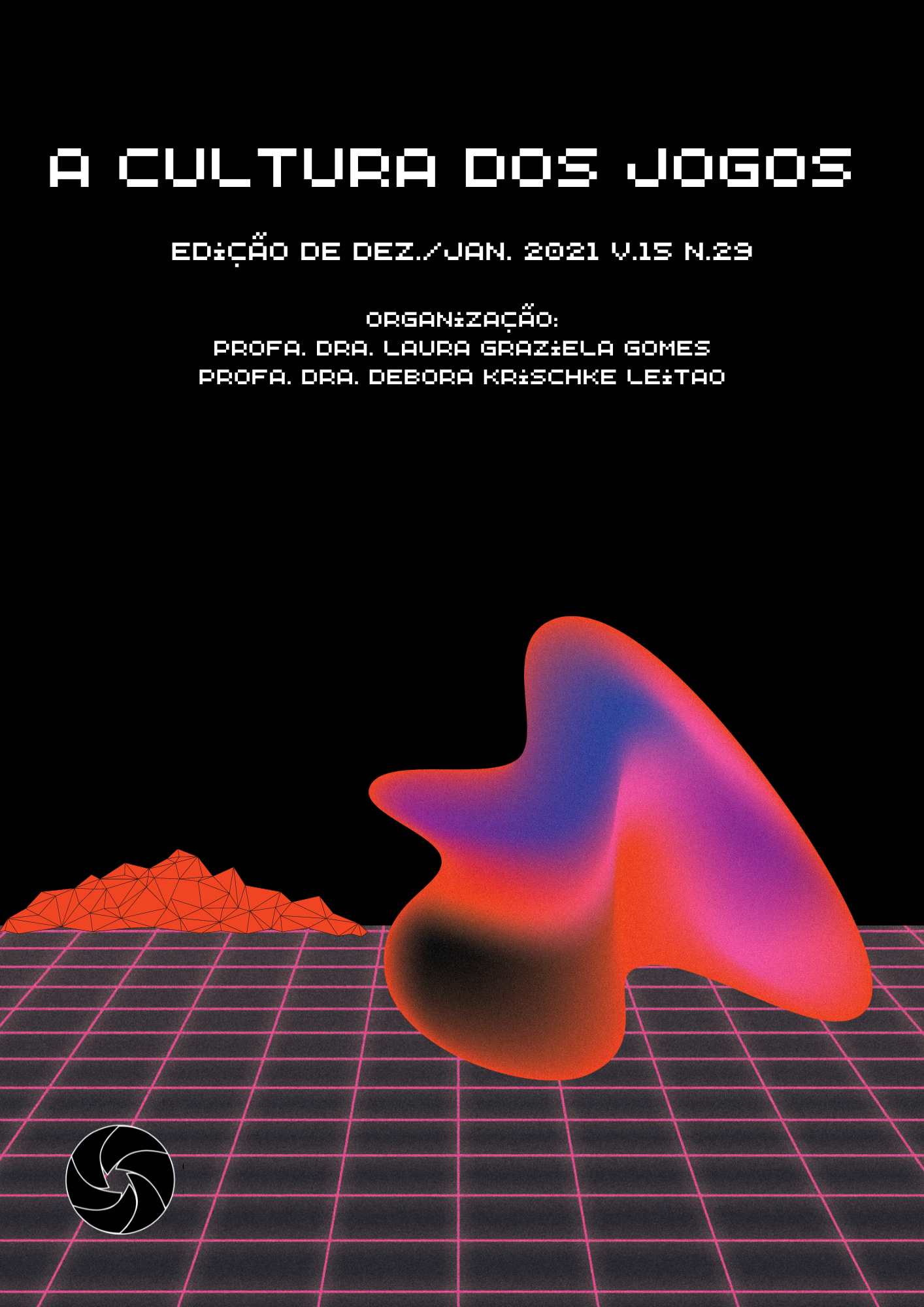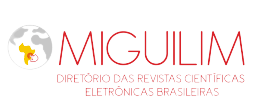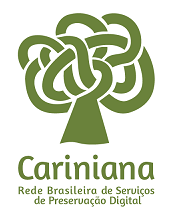Configuration of the semiotic devices of inclusive education
DOI:
https://doi.org/10.5433/2237-9126.2021v16n29p329Keywords:
Images, Sign activity, Inclusive education, Onto-semiological devices.Abstract
Inclusive education as a semiotic category concerns all levels of production, it is a singular unknown semiotic operator. If we start from the premise that inclusive education is a heterodox sign that alters the usual order of things, then its sign nature has the ability to activate, set in motion, create and cocreate a certain ethos and a social energy. It is a semiotics that sets things in motion and reconfigures the legitimate meanings and signifiers as part of this field of work that imposes the task of revealing the heuristic order of acceleration of the lesser.Downloads
References
ARRIENDOS, Joaquín. La colonialidad del ver. Hacia un nuevo diálogo visual interepistémico. Nómadas, v. 35, 2011, p. 13-29. Recuperado el 20 de diciembre de 2020 de: https://www.redalyc.org/pdf/1051/105122653002.pdf.
BUCK-MORRS, Susan. Estudios visuales e imaginación visual. Antípoda. Revista de Antropología y Arqueología, v.9, 2009, p.19-46.
BOURRIAUD, Nicolas. Estética Relacional. Buenos Aires: Ed. Adriana Hidalgo, 2008.
BRAIDOTTI, Rosi. A Theoretical Framework for the Critical Posthumanities. Theory, Culture & Society, 2018.
BRYSON, Norman. (eds.). Visual Culture. Images and Interpretations, Middletown CT, Wesleyan University Press, 1994.
FOSTER, Hal. Vision and Visuality. Seattle: Bay Press, 1988.
GUATTARI, Félix. Líneas de fuga. Por otro mundo de posibles. Buenos Aires: Cactus, 2013.
HERNÁNDEZ-NAVARRO, Miguel Ángel. La configuración del ver, 2006. Recuperado el 16 de enero de 2021: https://arteitectalca.files.wordpress.com/2013/04/archivo-escotomico-de-la-modernidad.pdf
JIMÉNEZ, Nasheli. Los Estudios Visuales 'en español'. Un estado de la cuestión. El Ornitorrinco Tachado. Revista de Artes Visuales, núm. 6, 2017, p. 9-22. Disponível em: https://www.redalyc.org/jatsRepo/5315/531562402002/html/index.html, acesso em 03 de fevereiro de 2021.
LAZZARATO, Maurizio. El funcionamiento de los signos y de las semióticas en el capitalismo contemporáneo. Palabra Clave, v.15 n. 3, 2012, p. 713-725.
LE BRETON, David. Antropología del cuerpo y del dolor. Buenos Aires: Six Barral, 2008.
MIRZOEFF, Nicholas. Visual Culture Reader. New York: University New York Press, 2003.
OCAMPO, Aldo. Epistemología de la educación inclusiva. Granada: UGR, 2017.
OCAMPO, Aldo. La formación del profesorado y la comprensión epistemológica de la educación inclusiva: tensiones, permeabilidades y contingencias. Santiago: Fondo Editorial CELEI, 2018.
ROGOFF, Irit. "Studying Visual Culture"; en: MIRZOEFF, Nicolas. (ed.). The Visual Culture Reader. (pp.15-34). Londres: Routledge, 1998.
STURKEN, Marita & CARTWRIGHT, Lisa. Practices of Looking An Introduction to Visual Culture. New York: Oxford Press, 2009.
YOUNG, Iris. Justicia y políticas de la diferencia. Valencia: Cátedra, 2002.
ZEMELMAN, Hugo. Los horizontes de la razón. Dialéctica y apropiación del presente, vol. I. México: Antrophos, 1992.
Downloads
Published
How to Cite
Issue
Section
License
Copyright (c) 2022 Dominios da Imagem.Domínios da Imagem adopts the Creative Commons Attribution 4.0 International License, therefore, the copyrights related to the published articles belong to the author(s), who grant the journal the exclusive right of first publication.
Under this license it is possible to: Share - copy and redistribute the material in any medium or format. Adapt - remix, transform, and build upon the material, giving due credit and providing a link to the license and indicating if changes were made.












 The works in this journal are licensed under Creative Commons .
The works in this journal are licensed under Creative Commons .